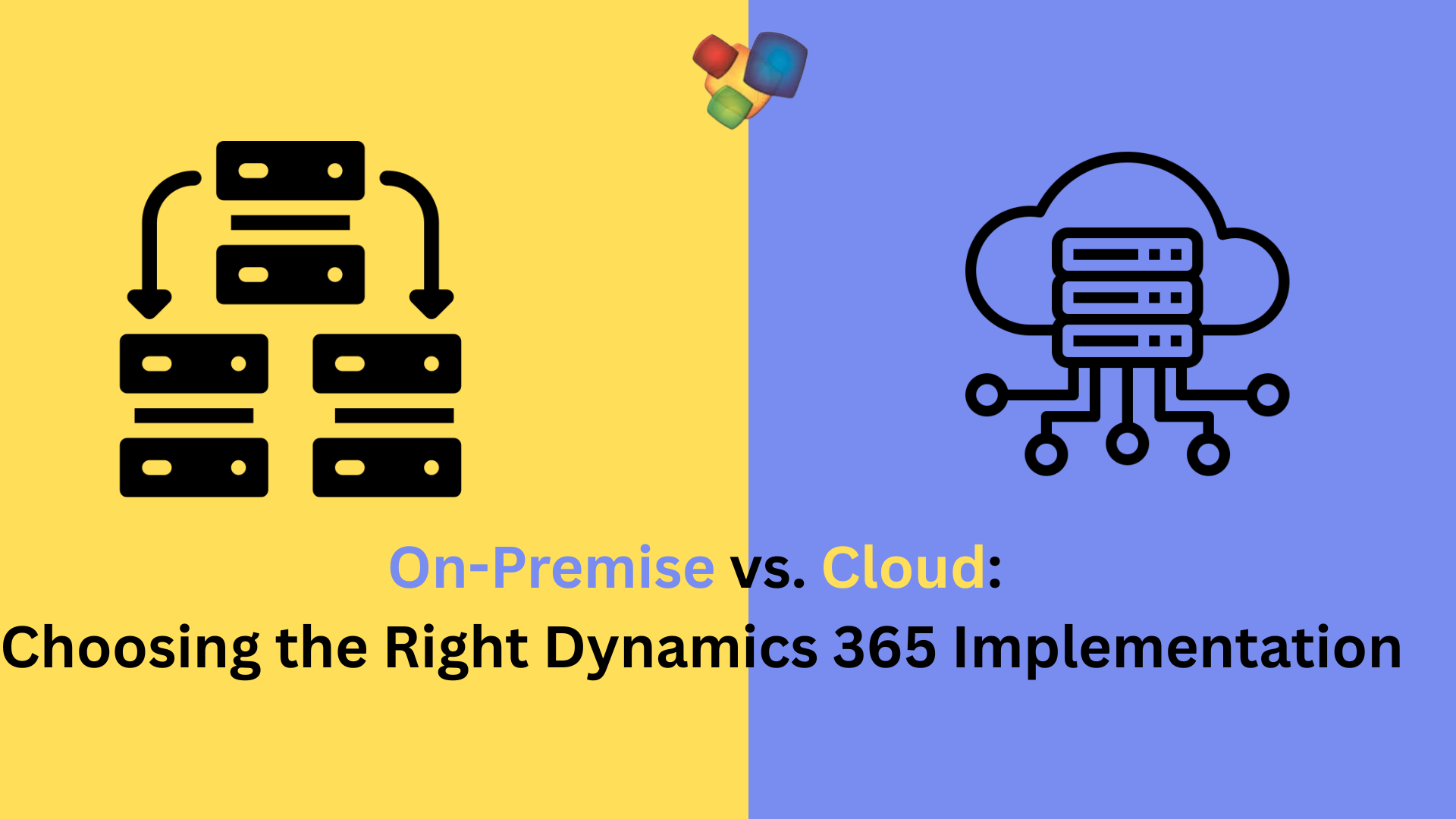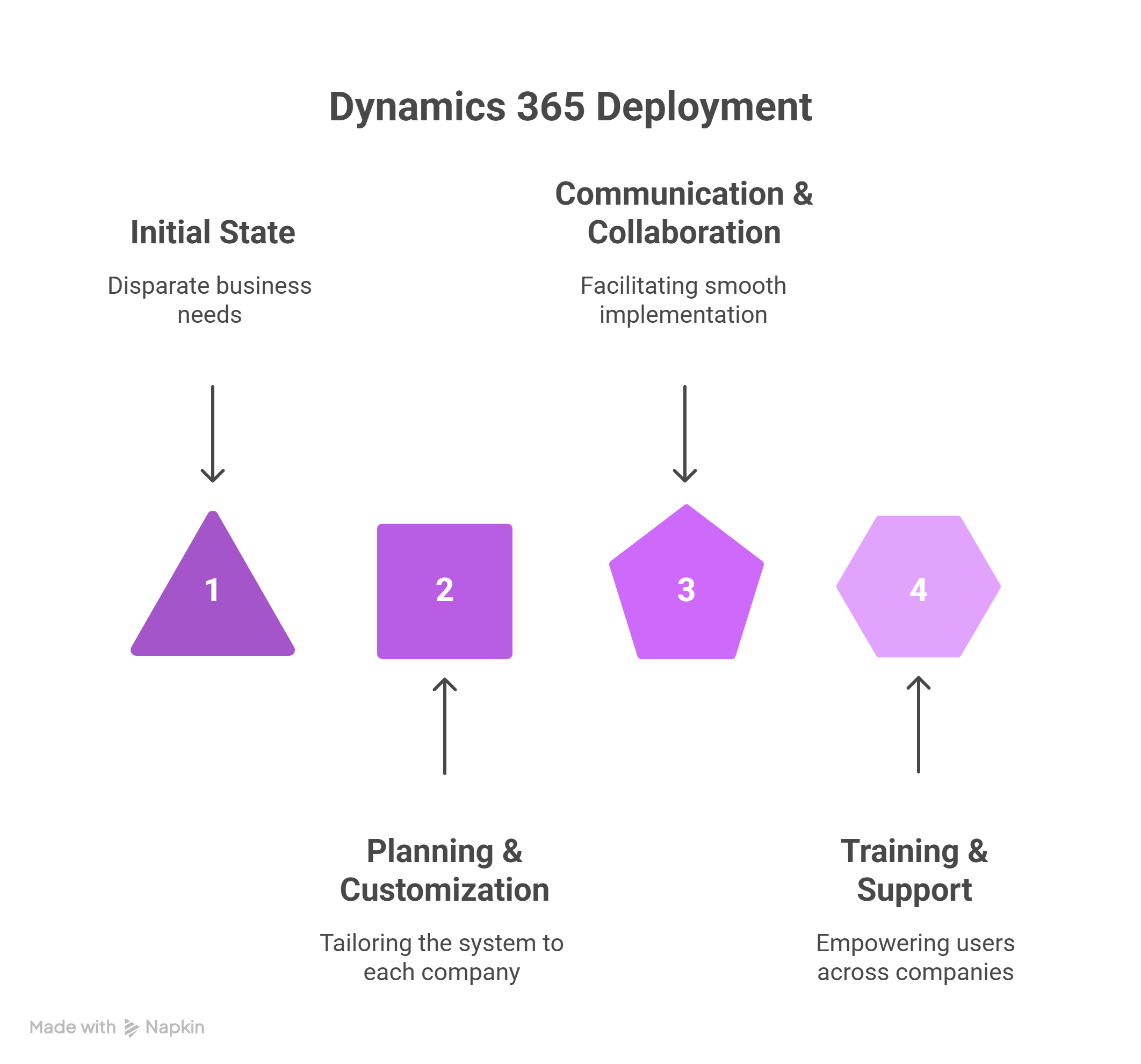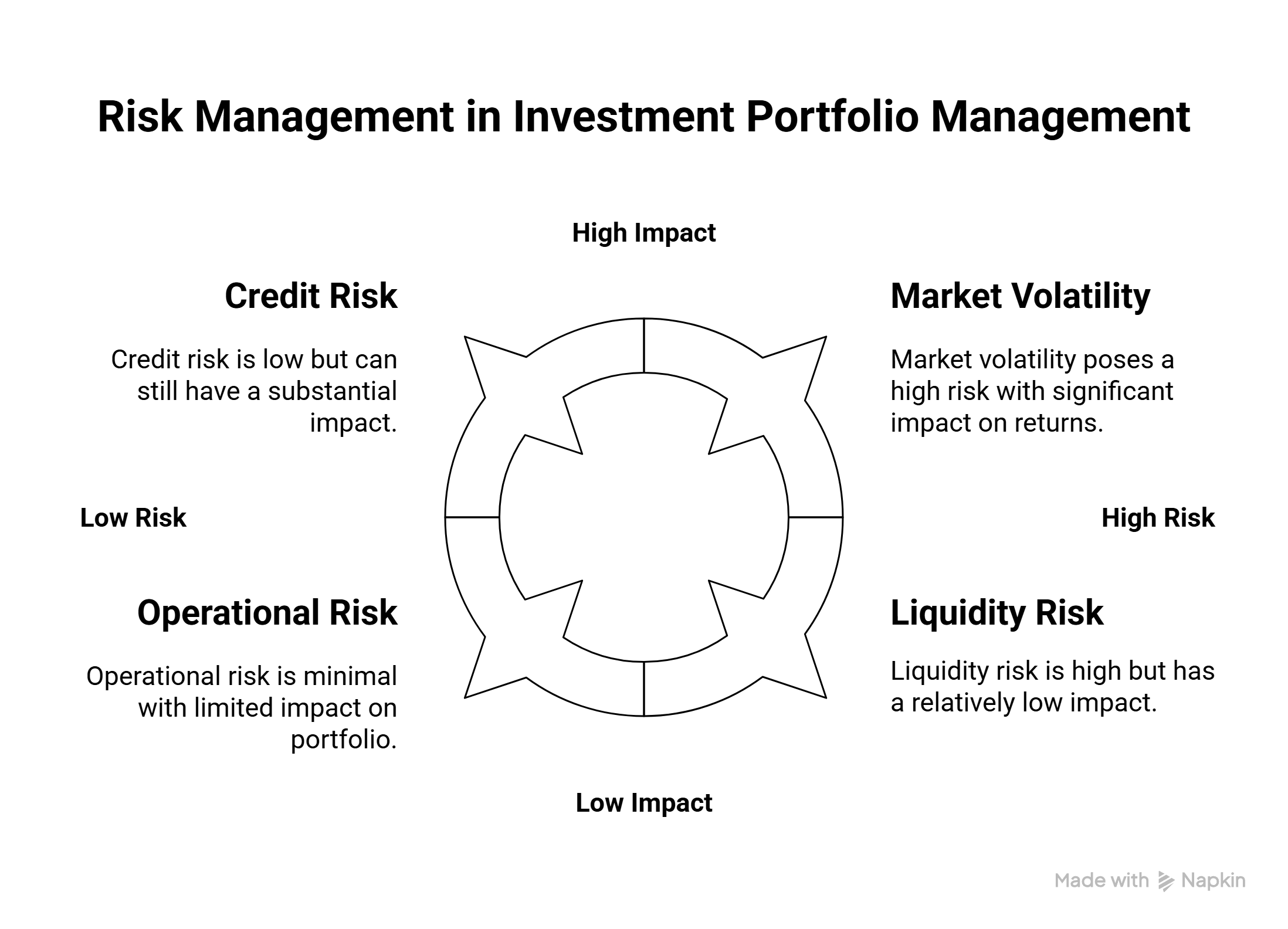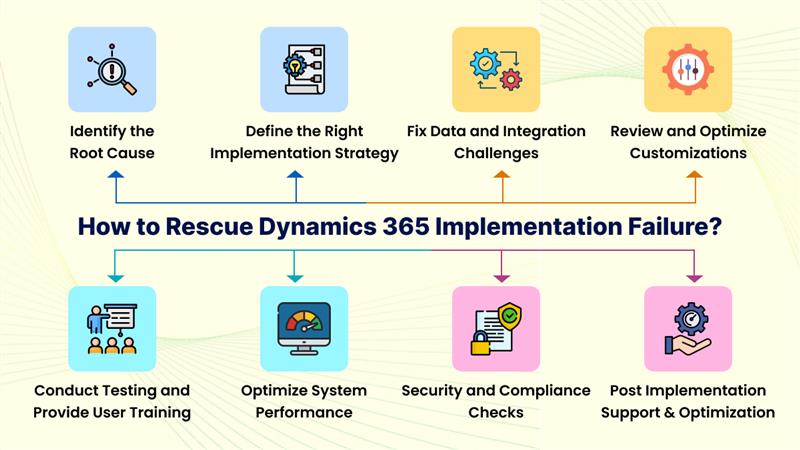On-Premise vs. Cloud: Which Dynamics 365 Implementation Is Right for You?

Strong 8k brings an ultra-HD IPTV experience to your living room and your pocket.
Choosing to implement Microsoft Dynamics 365 is a strategic move for any business aiming to streamline operations, boost efficiency, and embrace digital transformation. But before diving in, there’s an important question to answer: Should you go with a cloud deployment or stick with an on-premise setup?
Each approach has its own advantages and trade-offs. In this article, we’ll break down the differences, benefits, and ideal use cases to help you decide which Dynamics 365 deployment model fits your business best.
Understanding the Two Deployment Models
Let’s start with the basics.
Cloud-Based Dynamics 365 means your solution is hosted on Microsoft Azure. You access it through the internet, and Microsoft handles infrastructure, updates, and security. It's a service model that emphasizes ease and scalability.
On-Premise Dynamics 365, on the other hand, means everything is hosted within your company’s servers. Your IT team is responsible for installation, maintenance, and updates. It gives you more control, but also more responsibility.
Key Differences: Cloud vs. On-Premise
When choosing between cloud and on-premise deployment for Dynamics 365, it’s important to consider how each model performs across several core areas.
Cost and Licensing
Cloud deployments operate on a subscription basis, making costs predictable and reducing the need for large upfront investments. On-premise implementations typically involve higher initial capital expenditure due to licensing fees and infrastructure setup.
Infrastructure and Maintenance
Cloud solutions are hosted and managed by Microsoft, which means fewer demands on your internal IT resources. On-premise systems require you to invest in physical servers and ongoing maintenance, which can become resource-intensive over time.
Customization Flexibility
If your business needs deep customization, on-premise deployment gives you full control over the system. Cloud solutions are more standardized and better suited for businesses that don’t require heavy modifications.
Integration with Other Systems
Cloud deployments are easier to integrate with other SaaS tools and Microsoft’s ecosystem. However, if you're dealing with legacy systems or require deep-level integrations, an on-premise solution may offer better flexibility.
Security and Compliance
With cloud, Microsoft provides top-tier security and compliance certifications that meet most industry standards. But for organizations in highly regulated sectors, on-premise may be preferable due to the full control it offers over data security and compliance protocols.
Scalability
Cloud-based Dynamics 365 scales effortlessly—you pay for what you use and can expand as needed. On-premise systems require significant planning and investment to scale up, which can slow growth.
System Updates and Upgrades
Cloud users receive automatic updates from Microsoft, ensuring they always run the latest version. On-premise environments require manual updates, which can lead to version lag and additional workload.
Accessibility and Mobility
Cloud access is seamless across devices and locations, which is perfect for remote teams and hybrid work models. On-premise systems are generally limited to internal networks, unless accessed via VPN, which can hinder flexibility.
When Cloud Deployment Makes Sense
Cloud Dynamics 365 is ideal if:
You want faster implementation with minimal IT burden
Your business is growing and needs a scalable solution
Your team works remotely or across different regions
You prefer predictable, subscription-based pricing
You want automatic updates and robust built-in security
When On-Premise Is the Better Fit
On-premise deployment is often preferred when:
Your organization needs full control over data and infrastructure
You're in a highly regulated industry (e.g., finance, healthcare, government)
You have complex legacy systems or custom applications
You already have a strong internal IT infrastructure and support
Security or data residency requirements go beyond standard cloud compliance
Is Hybrid an Option?
Yes, some organizations opt for a hybrid model, keeping critical data on-premise while using the cloud for other functions. While this offers flexibility, it also introduces complexity and may require more integration work. It's typically best suited for large enterprises with specific regulatory or operational needs.
Final Thoughts: What’s the Best Dynamics 365 Implementation for You?
Both cloud and on-premise deployments have their place in today’s ERP landscape. If you value simplicity, lower upfront costs, and seamless accessibility, the cloud is likely your best bet. If control, compliance, and custom configuration are top priorities, on-premise might be the way to go.
Ultimately, your decision should be based on your business goals, IT capabilities, industry regulations, and long-term plans.
Need Help Deciding?
At Dynamic Netsoft, we specialize in guiding businesses through every stage of Dynamics 365 implementation. Whether you’re leaning towards cloud, on-premise, or a hybrid setup, we’ll help you evaluate what’s right for your unique needs.
👉 Get in touch for a free consultation for Dynamics 365 Implementation to explore your best-fit deployment option.
Note: IndiBlogHub features both user-submitted and editorial content. We do not verify third-party contributions. Read our Disclaimer and Privacy Policyfor details.







![What’s New in Dynamics 365 Implementation? [2025 Update Overview]](https://indibloghub.com/public/images/courses/686d1a9112af2552_1751980689.jpg)